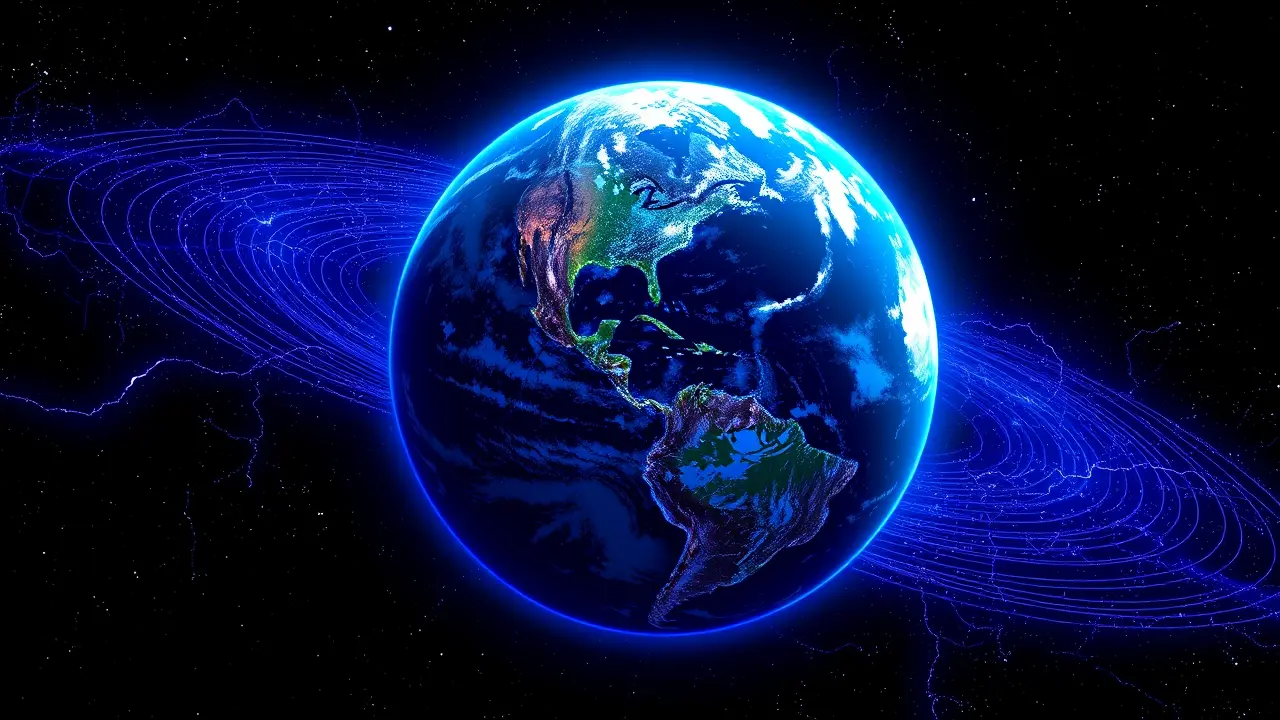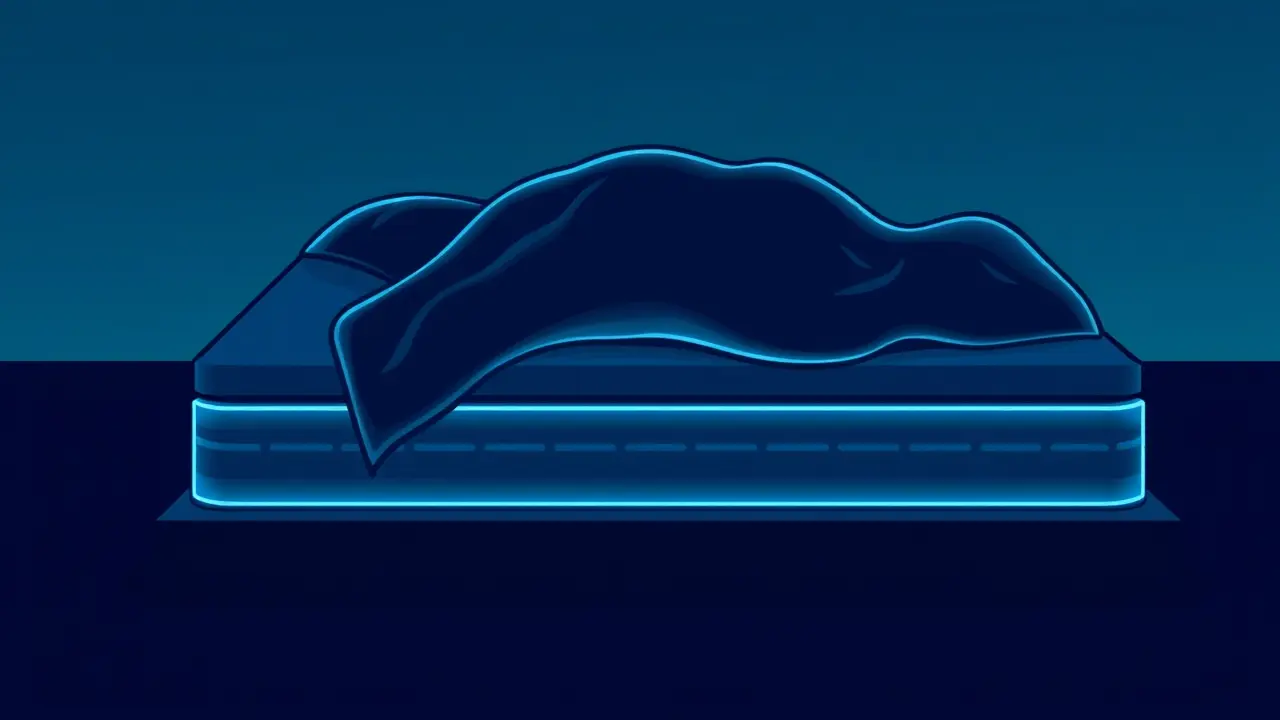
SciencebiologyBiotechnology
Neural Network Discovers Enzyme That Breaks Down Polyurethane
KE
Kevin White
13 hours ago7 min read
In a development that feels ripped from the pages of a near-future medical thriller, a neural network has successfully identified a previously unknown enzyme capable of digesting polyurethane, a notoriously resilient plastic, and converting it back into reusable chemical building blocks in a mere dozen hours. This isn't just another incremental lab result; it's a paradigm shift in our approach to the global plastic pollution crisis, a problem as persistent and invasive as a metastatic disease.The breakthrough hinges on the application of advanced machine learning algorithms to sift through vast, complex protein databases—a task akin to finding a single, specific genetic mutation in the entire human population—to pinpoint a microbial protein with the precise catalytic activity needed to sever the stubborn chemical bonds of polyurethane foam. Imagine a world where the mountains of discarded insulation, furniture cushioning, and packaging that currently choke our landfills and oceans are not just collected, but are systematically broken down in bioreactor facilities, their molecular components harvested and fed back into the production cycle for new materials.This is the promise of enzymatic depolymerization, a form of molecular recycling so precise it could render our current, energy-intensive mechanical recycling processes obsolete. The implications are staggering, potentially offering a scalable, biological solution to a problem that has, until now, seemed intractable, much like how CRISPR technology offered a pair of molecular scissors for DNA after decades of blunt genetic tools.Researchers are now racing to optimize this enzyme's efficiency and stability through protein engineering, aiming to create industrial-scale 'digestors' that can operate at high temperatures and process mixed plastic waste streams. The road ahead is fraught with challenges, from economic viability to scaling up fermentation processes for enzyme production, but the foundational discovery marks a critical inflection point. It demonstrates that the tools of computational biology and artificial intelligence are no longer just for diagnosing disease or designing drugs; they are now being wielded to engineer the very metabolism of our planet, offering a glimpse into a future where our waste is not an endpoint, but the feedstock for a truly circular, and healthier, global economy.
#featured
#enzyme discovery
#polyurethane degradation
#plastic waste
#chemical recycling
#biotechnology breakthrough
#environmental science
Stay Informed. Act Smarter.
Get weekly highlights, major headlines, and expert insights — then put your knowledge to work in our live prediction markets.
Related News
© 2025 Outpoll Service LTD. All rights reserved.












